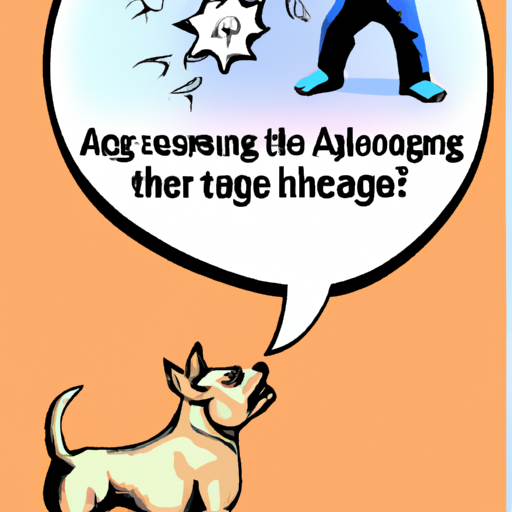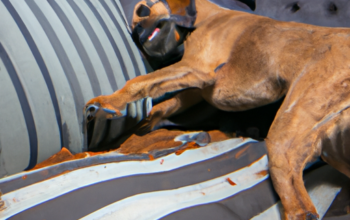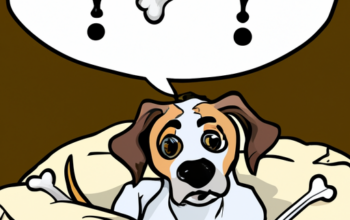As a caregiver, you take care of those around you, and that often includes your furry friends. But sometimes, your dog’s behavior can be baffling and even frightening. If you’ve ever wondered, “Why do dogs attack people?” then this article is for you.
H2: Understanding Dog Behavior
Dogs, like humans, have complex emotions and behaviors. Sometimes, these behaviors can lead to aggression. Understanding the root cause of this aggression can help you prevent it.
- Fear: Dogs can attack when they’re afraid. This can be due to unfamiliar situations, loud noises, or sudden movements.
- Territoriality: Dogs are naturally territorial. They may attack if they feel their territory is being invaded.
- Protection: Dogs are protective of their family. They may attack if they perceive a threat to their family members.
- Predatory behavior: Some dogs have a high prey drive and may attack smaller animals or even children.
- Pain or discomfort: If a dog is in pain or discomfort, they may react aggressively.
| Reasons for Aggression | Prevention Methods |
|---|---|
| Fear | Provide a safe, familiar environment |
| Territoriality | Proper training to understand boundaries |
| Protection | Socialize your dog with a variety of people |
| Predatory behavior | Supervise interactions with smaller animals or children |
| Pain or discomfort | Regular veterinary checkups |
H2: Recognizing Warning Signs
Before a dog attacks, they often display warning signs. Here are a few to watch out for:
- Growling or snarling
- Baring teeth
- A stiff body posture
- A focused stare
- Hair standing up on their back
H2: Preventing Dog Attacks
Prevention is always better than cure. Here are some ways to prevent dog attacks:
- Socialization: Expose your dog to a variety of people and situations to help them feel more comfortable.
- Training: Train your dog to understand and follow commands. This will also establish you as the leader.
- Exercise: Regular exercise can help reduce aggression by burning off excess energy.
H2: What to Do if a Dog Attacks
Despite your best efforts, dog attacks can still happen. Here’s what to do if you find yourself in this situation:
- Stay calm. Panicking can escalate the situation.
- Avoid direct eye contact.
- If the dog lunges, use a purse, bag, or jacket as a shield.
- If you’re knocked over, curl into a ball and protect your face and neck.
H2: FAQs
Q: Are certain breeds more likely to attack?
A: While some breeds have a reputation for being more aggressive, it’s important to remember that behavior is often more influenced by individual temperament, training, and socialization.
Q: Can older dogs start showing aggression?
A: Yes, older dogs can become aggressive, often due to health issues or cognitive decline.
Q: What should I do if my dog is showing signs of aggression?
A: If your dog is showing signs of aggression, consult with a professional such as a veterinarian or a dog behaviorist. They can provide guidance on managing and treating aggression.
Understanding why dogs attack can help you, as a caregiver, create a safer environment for both your dog and the people around them. So, keep these insights in mind, and you’ll be better equipped to prevent and handle dog attacks.



